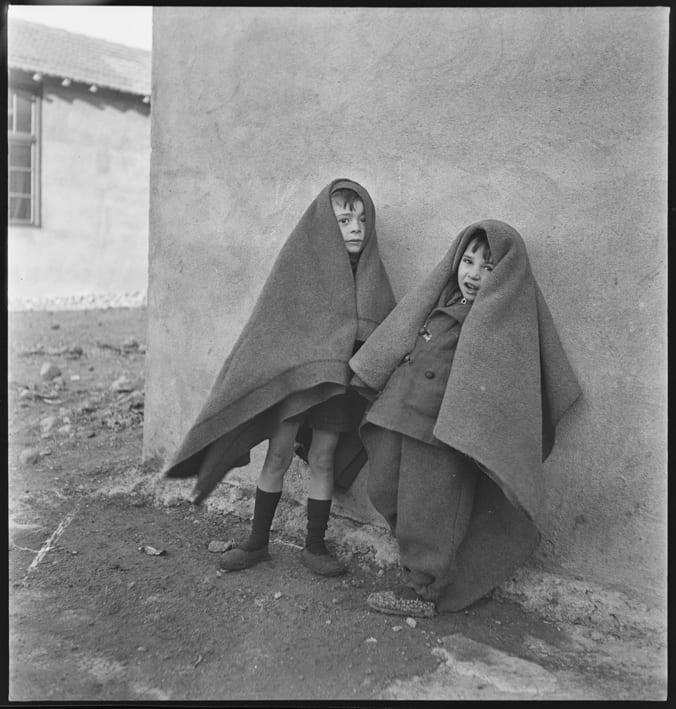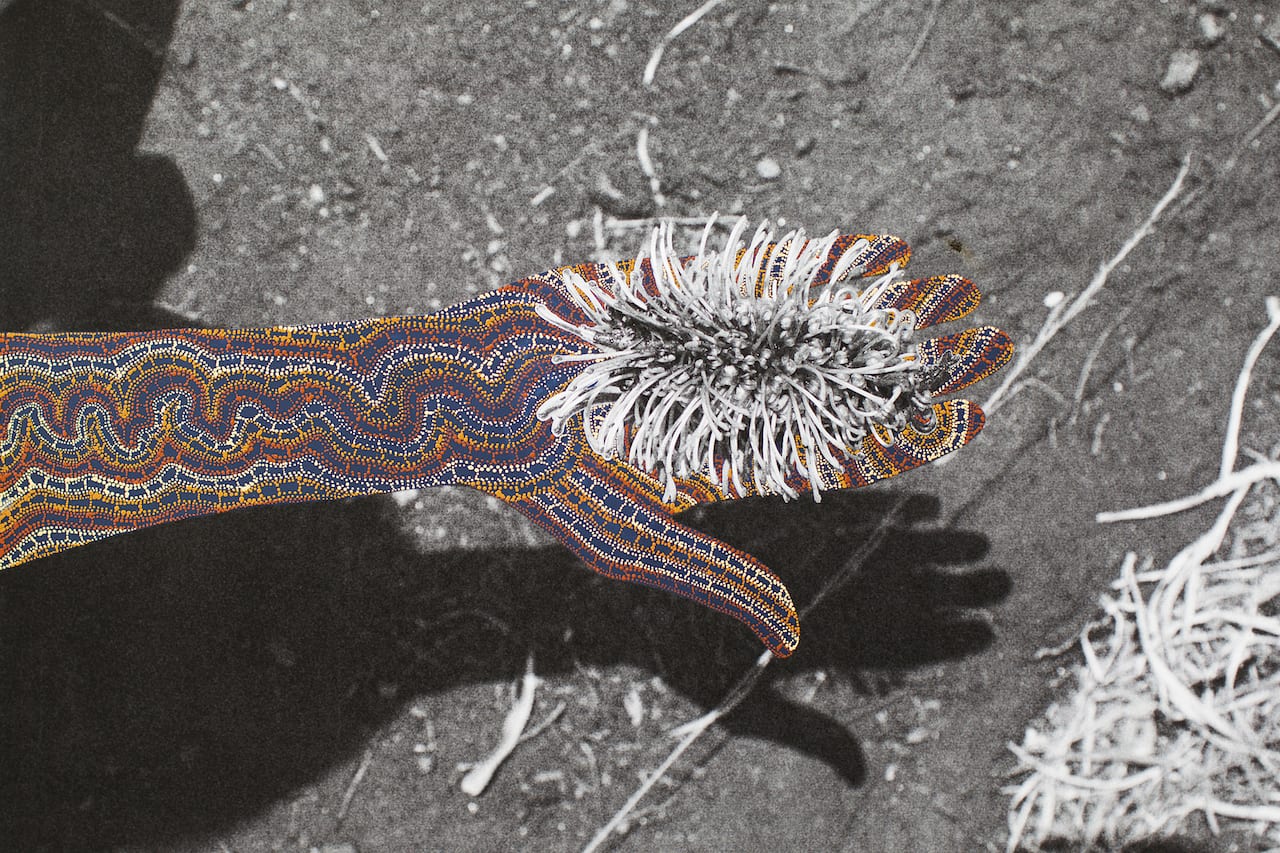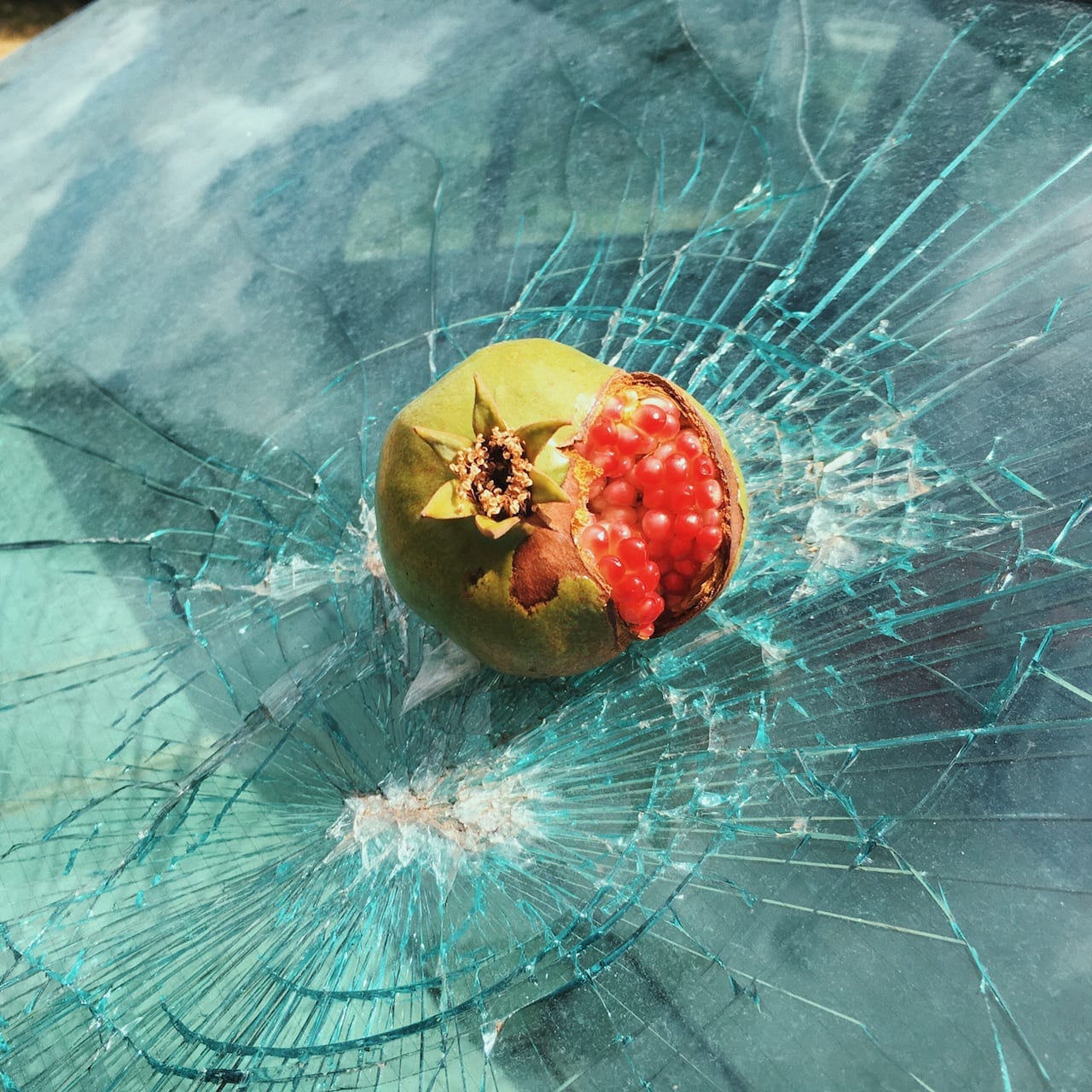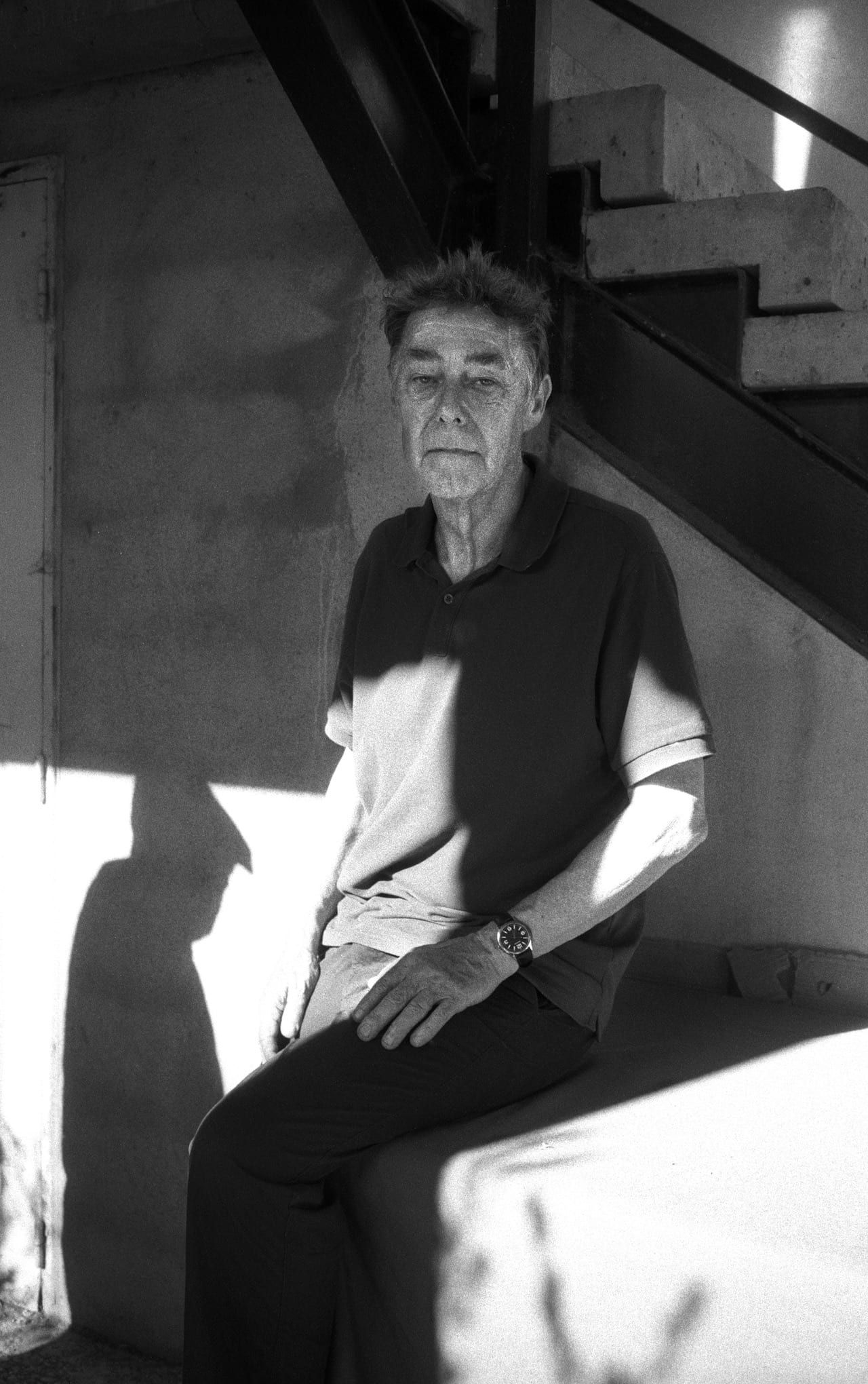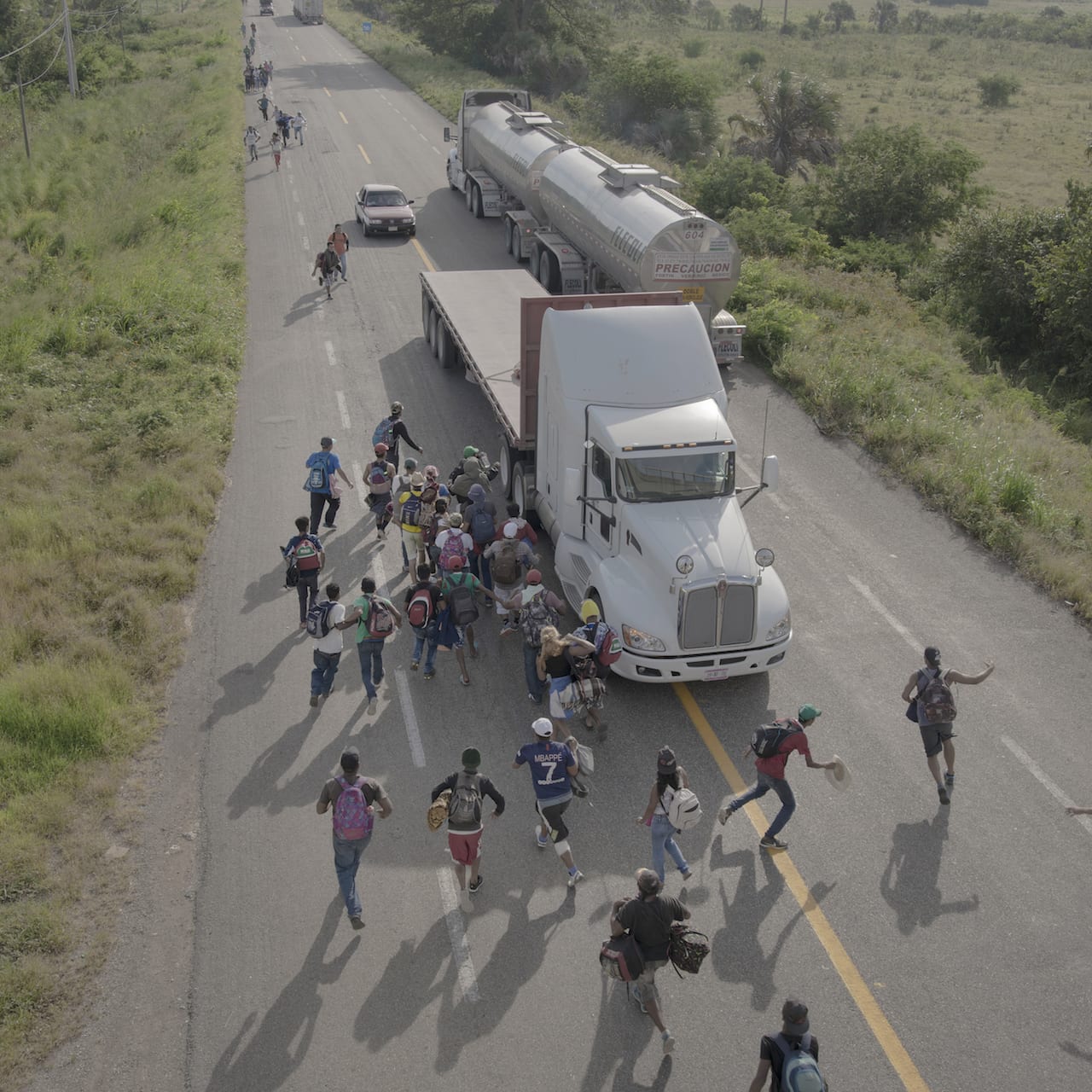In 1939, Spanish refugees started to flee the country’s bitter civil war, in a movement that’s become known as the Retirada [the ‘withdrawal’]. More than 450,000 men, women, and children crossed the border into France in February 1939 alone, following the fall of the Second Spanish Republic and the victory of General Franco. France, anticipating the mass migration, had started to make provisions for the refugees, but underestimated the sheer numbers. Many ended up on the beaches in makeshift accommodation, and by 1940, some 50,000 had ended up in a series of camps. Diseases such as dysentery were rife, and the mortality rate high.
One of the camps was Camp de Rivesaltes, also known as Camp Maréchal Joffre. Built in 1938, near Perpignan and just 40km from the Spanish border, it had originally been intended as a military base but, following the Retirada, the French government decided to use it as an internment camp. By January 1941 was housing more than 6500 refugees though, as by then World War Two had broken out, half the camp was Spanish – the other half Jews who had fled various counties and French gypsies. In just under two years, the camp housed some 17,500 people, just over half from Spain, 40% Jewish, and 7% French gypsies.

